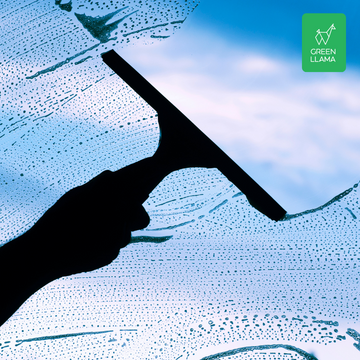I’m Dreaming of a Green Christmas
What does an eco-friendly Christmas look like and what can we do to reduce the environmental impact during the holidays? Through my continued journey to a more sustainable lifestyle, I find myself asking these types of questions often. Here are a few tips and ideas:
Gift ideas
Shop Local: Gifts can come from all over the globe, so a great way to reduce the carbon footprint is to shop local. Think handmade items from local markets or craft shops. Or how about edible gifts from a local chocolatier or bakery? My grandmother gave me amaretto chocolate covered pecans from a local orchard every Christmas, and I remember those more than any other gift. Local businesses do a great job of supporting the local economy, creating more job growth, enhancing diversity and boosting environmental sustainability. In addition, studies show, for every $100 spent at a local small business, $68 stays in the local company, that compares with just $46 spent at big corporations.
Give Services and Experiences: Who loves an hour massage or facial from a spa? If you’re ever in Johnson City and need relaxing few hours at a spa, consider Body Health and Mind. A night at a nearby hotel or cabin for a staycation? Any parents that need free childcare or dog parents needing walks? Dance lessons, music lessons, concert tickets, sports events, and local memberships are other ideas. I find these types of gifts just as exciting as receiving something from a box.
Vintage or used Gifts: These can include antiques, products from repurposed materials, or refurbished electronics. Used doesn’t always equal poor quality.
Homemade: Homemade gifts can mean much more to the recipient than store bought. This can include edible gifts as well as crafty ones.
Artificial or Live tree?
While it may seem like an artificial tree reused year after year would be the most eco-friendly option, live trees are the better way to go. Artificial trees are made from plastic (petroleum products), shipped from overseas, and eventually end up in the landfill. Live trees are usually locally grown and sold; they are biodegradable, and after the holidays, a live tree can be used for lumber, made into mulch, or composted. Christmas tree farms plant new trees to replace the ones sold, and a growing tree takes up more carbon than a full grown one. The National Christmas Tree Association says 350 million Christmas trees are currently growing in the US, so that’s 350 million more trees taking up carbon that would not otherwise be there. Plus, they look better, and you can’t beat the smell of pine in the home for the holidays.
Wrapping paper or fabric
Let’s face it. We use a LOT of wrapping paper during the holidays! Try reusing the gift bags and boxes you have and save the ones you get. This is simple and saves money. If you choose the regular wrapping paper route, choose paper that is recyclable or compostable (none with glitter or velvety decorations for example). Bows and ribbons are usually not recyclable, so substitute them with twine, paper ribbon, cotton string, leaves, twigs, or flowers.
Even better though, get creative! Turn newspaper or brown paper bags into wrapping paper.
Another option is using reusable fabric gift bags. They come in a variety of cute designs, and don’t need to go in the trash or recycle bin at all. With anything made of fabric, look for natural fibers over synthetic.





